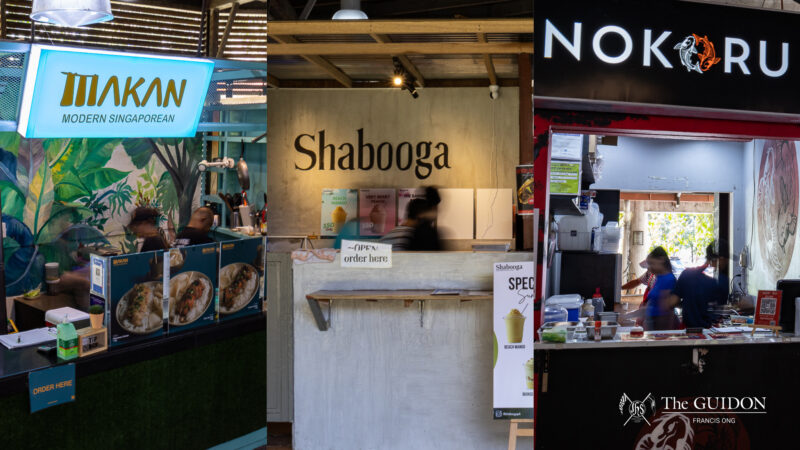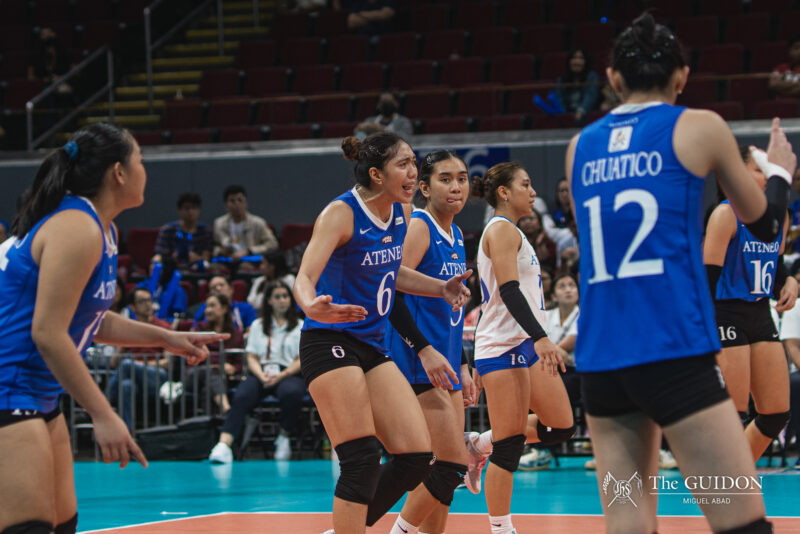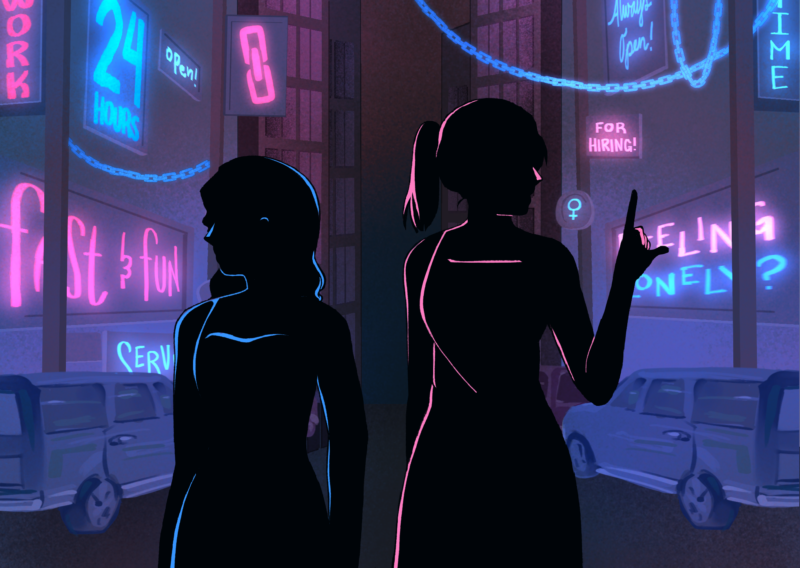DISCOVERING A more efficient way to transport drugs to the body using glycerol enabled chemistry majors Leo Albert Sala and Keith Michael Villanueva to win in the Basic Math and Science category in the undergraduate level of the School of Science and Engineering (SOSE) Awards.
Glycerol is a water-loving molecule which serves as a more efficient vehicle for drug delivery.
SOSE recognized this year’s outstanding student research from both the undergraduate and graduate level in an awarding ceremony on March 5 at Escaler Hall.
Board of Judges Chair Luisito Agustin said that although this is an annual awarding ceremony, each year the awards produce innovative research and generate new ideas from the students.
Innovation in the sciences
“There are two categories in this research competition, Basic Math and Science, and Applied Science and Technology for both the graduate and the undergraduate level,” said Agustin.
Chemistry major Patricia Teresa Agbayani won in the Undergraduate Applied Science and Technology category. Her research was about the use of chitosan sub-particles for sequestration.
“Sequestration is a possible way of treating drug overdose by setting apart and removing excess drugs from the body’s circulation,” said Agbayani. “My research uses polymeric particles [specifically] chitosan, which is a natural polymer, derived from shells of crabs, shrimps, among others.”
For the graduate level, Michael Joseph Tan (CS ’07) won in the Basic Science and Math category with his research on the polynomial solutions to one-poset cover.
“This is a problem-solving thesis…it tackles the growth of a set permutation of elements to generate more efficient ways of getting or solving partially ordered sets,” said Tan.
“It can be applied in routing and scheduling of problems [and this is] aimed to formulate new theorems for posets,” he added.
Chemistry major Eric Abenojar won in the Graduate Applied Science and Technology category. His research was about the surface energy of thin film magnetic recording heads (slider) during fixed-abrasive lapping.
“A slider is the read and write head device seen in hard disks. It has a size of about three to four nanometers,” said Abenojar. “The fixed-abrasive lapping is similar to what people do when they are sanding a wood.”
Inspiring change
The SOSE Awards for Outstanding Student Research did not only recognize the students who joined this competition; students who also took part in other science-oriented events were also acknowledged.
During the awarding ceremony, the awardees of the Bank of the Philippine Islands-Department of Science Technology Award, Interlinks 6.0, and the Security Bank Student Excellence Award were also recognized.
“[Awarding the students] is a good way [of encouraging] further work and research because this can encourage students to do such acts and one day inspire more people to go into research,” said Emerson Escolar, a Security Bank Student Excellence awardee.
A long way to go
In his closing remarks, University President Fr. Bienvenido Nebres, SJ congratulated all those who took part in the event, their mentors, and parents, as well.
“It has been over 10 years since this was first started, and over these 10 years, we see the quality of research go up. There are better researches and papers presented now,” said Nebres.
SOSE Dean Fabian Dayrit also congratulated everyone for their hard work. “Beyond recognizing individual awardees, this event also commends the system because it celebrates the development of not just the individual but also the development of this school, the different departments and student groups within it,” said Dayrit.
“I think the student participation in excellent research is an integral part [of its] development,” said incoming Vice President John Paul Vergara. “The students are the ones who help magnify and incorporate new ideas that other[s] can work on.”
Nebres hoped that the students who took part in this event will continue their research and help the next generation.
Student research finalist Mark Joseph Sibal said that even though the event was good, he hopes that more students will participate next time. “It will be more interesting when that happens, since more ideas and [research] will be presented.”






